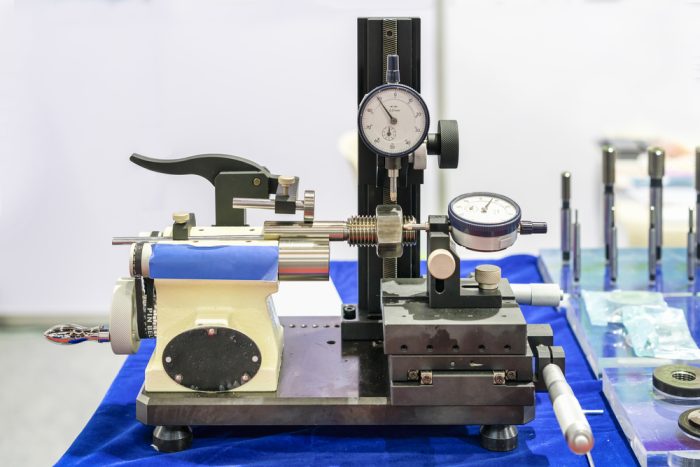Accurate measurements are vital in manufacturing to ensure product quality and consistency. Master set plug tolerances are key to this process, especially regarding thread gaging. Understanding the differences between these tolerances and how they impact your work can help you make more informed decisions about your manufacturing processes.
Understanding Thread Master Set Plug Gages
A master set plug gage is an essential tool for verifying the accuracy of threaded parts. These gages check threaded products’ internal and external dimensions and ensure they meet the specified tolerances. The most common tolerances applied to these gages are W-tolerance and X-tolerance.
W-Tolerance: A Tighter, More Precise Fit
As defined by ANSI B1.2, W-tolerance refers to a stricter standard for thread-setting plug gages. It is typically half of the X-tolerance, resulting in gages set closer to the maximum product tolerance limits. This tight fit is beneficial because it allows for more products to pass inspection. It also minimizes discrepancies between different gages used in the same process, leading to a more consistent production line. However, there are a few drawbacks. W-tolerance gages tend to wear out faster and are priced at a premium compared to their X-tolerance counterparts.
X-Tolerance: A Standard for Versatility
X-tolerance, on the other hand, offers a more relaxed standard. This tolerance allows for greater variation, especially in applications where precise thread measurement is less critical. While it can be more flexible, this also means that the gages are less likely to match precisely with the tight tolerances required by certain parts. X-tolerance is the default specification for most thread master setting plug gages, and in many cases, a master set gage can be certified to both X and W tolerances.
Selecting the Right Tolerance for Your Needs
Choosing the correct tolerance depends on your application’s specific requirements. W-tolerance is better if you need high precision and the ability to catch minute variations. X-tolerance might be more cost-effective and practical for general purposes where less stringent requirements are acceptable.
When purchasing threaded master set plug gages, it is essential to specify the desired tolerance in your order. While manufacturers often stock X-tolerance gages, W-tolerance gages are made to order and may come with a higher price tag due to the precision required during production.
Long-Term Considerations for Gage Maintenance
Another essential aspect to consider is the durability of the gages. Because W-tolerance gages are tighter, they will wear out faster than X-tolerance gages. Therefore, manufacturers must account for this in their maintenance schedules and replacement budgets. Opting for W-tolerance might improve short-term efficiency but can result in higher long-term costs due to the need for more frequent replacements.
How Willrich Precision Instruments Can Help
At Willrich Precision Instruments, we understand the importance of selecting the proper gage and tolerance for your needs. With over 50 years of experience in the metrology industry, we offer a wide range of thread master set plug gages, including W-tolerance and X-tolerance options. Our knowledgeable team is ready to help you choose the best tools for your manufacturing requirements. We also offer gage calibration and repair services to ensure your equipment remains accurate and reliable.





